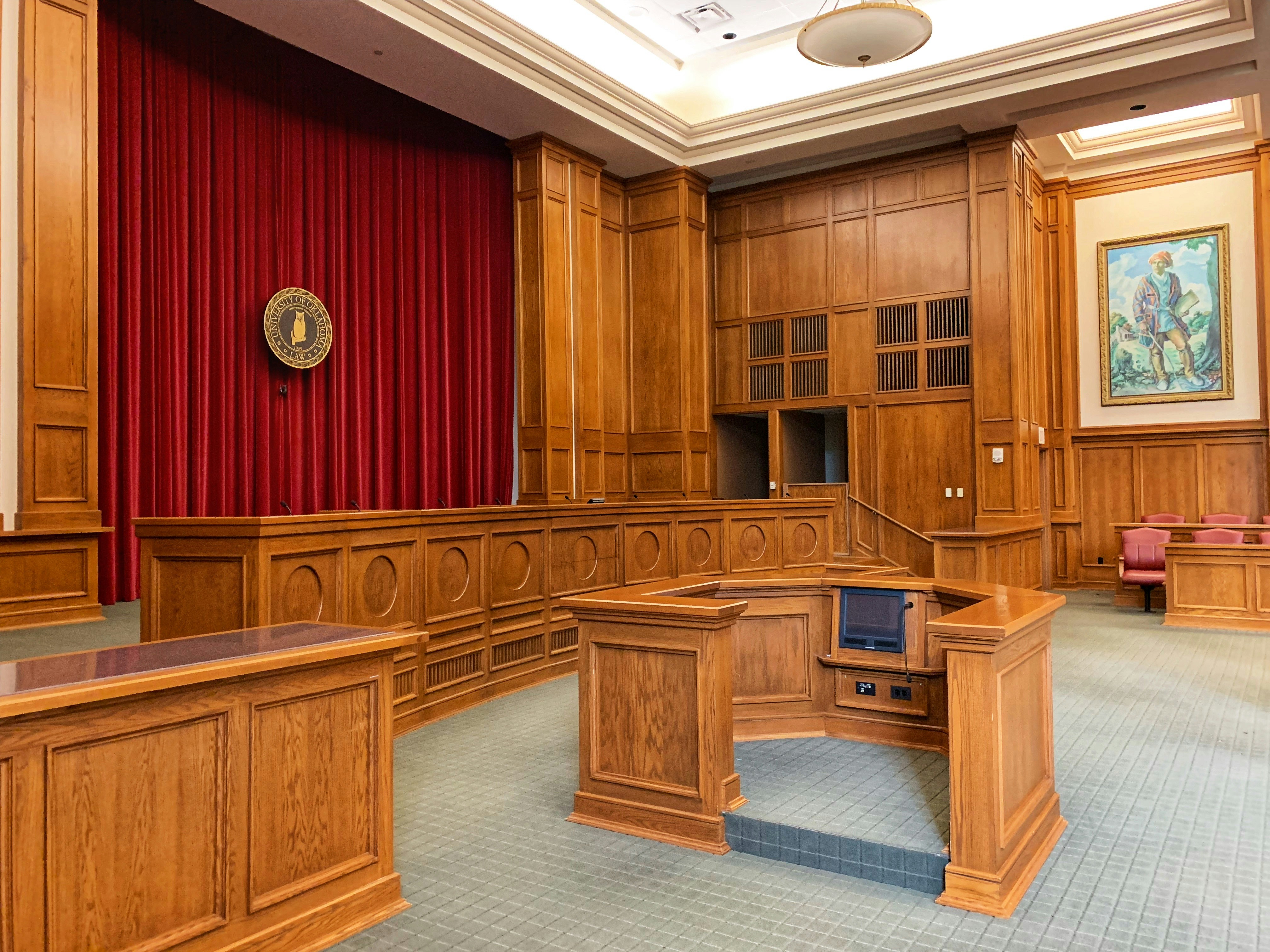The Challenging Path to Federalism: A Legal Perspective
The U.S. constitutional structure has been shaped by the delicate balance between state and federal powers. One aspect that lies at the heart of this dynamic is Federalism, a concept that has evolved in its interpretation and application over centuries. This article delves into the historical journey of Federalism, examines recent legal developments, and discusses its impact on our society.

A Historical Overview of Federalism
Federalism in the U.S. is a system of government that divides powers between states and the federal government. The Constitution does not explicitly define the scope of either, leading to a fluid interpretation over time. The initial era, referred to as Dual Federalism (1789–1933), strictly distinguished between the two levels of government, with states enjoying considerable autonomy. However, the Great Depression led to a shift towards Cooperative Federalism (1933–1964), where states and the federal government worked collaboratively to address national problems.
The Emergence of New Federalism
Starting in the 1970s, a fresh paradigm called New Federalism emerged, seeking to return certain powers to the states. The Supreme Court played a pivotal role in this shift, with landmark decisions like United States v. Lopez (1995) and Printz v. United States (1997) emphasizing the need to limit federal power. This era has seen pendulum-like swings between centralization and decentralization, largely influenced by the political party in power at the federal level.
Current Legal Developments
In recent years, the Supreme Court has continued to shape the contours of Federalism. The 2012 ruling on National Federation of Independent Business v. Sebelius upheld the Affordable Care Act but limited the federal government’s power to compel states to expand Medicaid. This decision underscored the ongoing tug-of-war between state and federal authority, a theme that persists in modern legal discourse.
The Impact of Federalism on Society
Federalism’s impact on society is profound, shaping everything from healthcare and education to civil rights and environmental policy. By allowing states to experiment with policies, Federalism serves as a laboratory for democracy. However, it also creates disparities in services and protections across states. For example, the varying responses to the COVID-19 pandemic illustrated the potential challenges of a federalist system.
Conclusion
Federalism continues to be a defining feature of the U.S. constitutional landscape, its interpretation shaped by historical events, legal judgements, and societal needs. As we navigate the 21st century, the relationship between state and federal powers will continue to evolve, shaping the path of our democracy.




